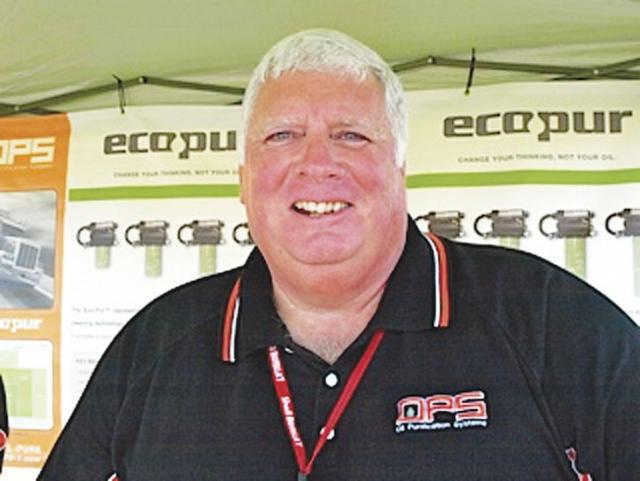Understanding Oil Contaminants

Too many times I hear of unnecessary costly engine repairs being performed based on sample results that have abnormal results that would be normal with additional information or little investigation. When a sample shows an elevation of wear metals STOP consider what could be causing it before you start spending. Ask yourself did I pull a heavy load up a grade since last sample? or break a hose causing overheating? Situations which put added stress on the engine can easily cause an elevation in wear metals, especially lead, copper and aluminum. These metals are found in bearings and they act as sacrificial metals designed to wear at a normal rate to protect the iron and steel parts from damage. Wear metals are reported in parts per million (ppm). An increase of 10-50 ppm is not unusual. In fact normal lead wear for a 15,000 mile oil cycle is between 10-30 ppm. Keep this in mind if you are using an extended drain filtration system as your wear metals will be reported cumulatively. You should always calculate the amount of wear since your last sample to get an accurate picture rather than relying on the cumulative result. Having 100,000 miles on the oil and sampling every 20,000 miles the results could show lead at 75 ppm (high for one 20,000 mile interval) and may warrant a trip to the shop. However if the 80,000 mile sample showed 58 ppm then there is only 17 ppm wear in last 20,000 miles. This is well within the normal range and no maintenance would be required.
Knowing what to look for and how to interpret the oil samples is vital to maintaining your engine. The lab will make comments and suggestions based on their findings and the information provided. For example an elevated potassium and sodium usually indicates an antifreeze (glycol) contamination. If you have been adding antifreeze regularly then the findings are confirmed. But if you have no loss of antifreeze additional investigation is required. The potassium could have come from the protective coating on a new part you recently installed as coating contains high potassium levels to protect part from corroding while on the shelf. The part may not have been properly clean before installation. Sodium could be environmental coming from either road salt or sea air. The abnormal diagnosis would have been different if the lab had this information to aid evaluation. In any event seek guidance from someone who understands how to read the oil sample before starting any costly repairs.
Remember engine parts will wear; it is the rate of wear that is important. A new engine will have high wear metal results during break-in period, and then wear will stabilize until the 500- 600,000 mile mark when metal fatigue causes additional wear. Keeping your oil clean and free of both solid and liquid contaminants will greatly reduce the amount of wear. Many engines with over 1 million miles are testimony to that; on the other hand I have seen engines with 500,000 miles with catastrophic wear due to poor oil maintenance. Extend the life of your engine with an oil maintenance program that includes periodic oil sampling. It is an inexpensive way to ensure your engine is healthy, just like blood tests help keep you healthy. An ounce of prevention is worth a pound of cure
If you need help with oil sample results call me at 813-220-6212 or if you have any topics you would like to see in this column email me at:[email protected]
